Shop > Apple trees > Bare root apple trees
Bare root apple trees
A red fleshed dessert variety with medium sized fruit. A disease resistant variety.
Type: Dessert
Season: Sep-Nov
Pollination: Self-fertile. Pollination group C
A small to medium dessert apple. Fruit is yellow, red skinned with slightly tart flavour.
Type: Dessert
Season: Sep-Oct
Pollination: Self-sterile. Pollination group D
A very old variety of apple with an unusual shape, as suggested by the name. A cooking apple, it is juicy with a sharp flavour and cooks down to a puree.
Type: Culinary
Season: Oct-Jan
Pollination: Self-sterile. Triploid (can’t pollinate others). Pollination group C
A small dessert apple originating from the 1700s. The flesh is very juicy and sweet and the flavour improves in storage.
Type: Dessert
Season: October-January
Pollination: Self-sterile. Pollination group D
An attractive cider apple that produces sweet astringent juice and medium bittersweet cider. Excellent when blended with other varieties.
Type: Cider
Season: October
Ripening in late September, fruit is aromatic, sweet and juicy with beautiful dark red flesh.
Type: Dessert
Season: September-October
A large cooking apple that stores well and mellows into a sharp but flavoursome dessert apple in winter.
Type: Dual-purpose
Season: October-March
Pollination: Partially self-fertile. Pollination group D
A traditional French cider apple variety producing medium bittersweet juice. Reliable and heavy cropper.
Type: Cider
Season: October-November
Pollination: Self-sterile. Pollination group D
An exceptionally large and attractive culinary apple that is quite sweet and keeps its shape when cooked. Vigorous grower and heavy cropper.
Type: Culinary
Season: Oct-Mar
Pollination: Partially self-fertile. Pollination group C
An old Yorkshire cooking apple. Medium sized, flat-round and green, it cooks down to a pleasant flavour and soft, juicy texture.
Type: Culinary
Season: October - December
Pollination: Group C, Self-sterile triploid
A late season dual-purpose variety with a strong, rich aromatic flavour. The blossom and fruit are both very attractive.
Type: Dessert/Culinary
Season: October-March
Pollination: Self-sterile, pollination group D
An early season bittersweet cider apple. Dry with mild acidity and fruity aromas.
Type: Cider
Season: Septembe-October
Pollination: Self-sterile. Pollination group D
One of the best early cookers, perfect for making baked apple and apple sauce. Produces beautiful pink blossom.
Type: Culinary
Season: September-November
Pollination: Partially self-fertile. Pollination group C
An attractive fruit with dark red colour and stripes. Crisp and sweet.
Type: Dessert
Season: September-December
Pollination: Partially self-fertile.
Scottish culinary variety that cooks to a sharp puree.
Type: Culinary
Season: October-January
Pollination: Self-sterile. Pollination group C
An old American variety producing sweet, juicy dessert apples with a hint of vanilla flavour.
Type: Dessert
Season: October-December
Pollination: Partially self-fertile. Pollination group C
Easy to grow mid-season dessert apple that is disease resistant and stores well. The fruit are yellow-green and deliciously crisp, sharp and refreshing.
Type: Dessert
Season: September-November
Pollination: Self-sterile. Pollination group D
Large, open cider apple tree. Good growth and regular cropping. Make a soft, pleasant cider, making a good contribution to a blend.
Type: Sharp cider apple
Season: October
Pollination: Group 2
Vigorous, heavy cropper, winter eating apple. Sweet, crisp juicy flesh. Good flavour and texture. Good for juicing.
Type: Dessert
Season: October - December
Pollination: Pollination Group 3, self sterile
Medium sized apple, good balance between sweetness and sharpness. Flavour and soft flesh are reminiscent of a firm pear. Easy to grow. Perfect for juicing and tarts. Excellent pollinator for ‘Cox’ and ‘Braeburn‘ varieties.
Type: Dessert
Season: October-January
Pollination: Partially self-fertile. Pollination group B
*indicates a tree that has been grown at another nursery and is for resale
Small apple, big on flavour. Juicy and crisp. Grows easily and crops well. Flavour can improve when stored in good conditions.
Type: Dessert
Season: October - January
Pollination: Not self-fertile, pollination group 4
Medium size, crisp apple. Good for juicing and good cropping. Easy to grow cox-style apple. Primarily an eater, but also cooks well, holding its shape.
Type: Dessert
Season: October-March
Pollination: Partially self-fertile. Pollination group D
Late-ripening dessert apple that can handle cold winters. Firm and crisp texture with a flavour reminiscent of apricots.
Type: Dessert
Season: October-December
Pollination: Self-sterile. Pollination group unknown
An old-fashioned late dessert apple that was popular in Victorian England. The taste is on the dry sharp side, with a blend of subtly sweet, nutty flavours.
Type: Dessert
Season: October-March
Pollination: Self-sterile. Pollination group C
An excellent dual-purpose variety that is also good in cider. Pale yellow skin with a red flush. Strong flavour with a hint of pineapple. Stores well.
Type: Dessert/Culinary/Cider
Season: October-April
Pollination: Self-fertile. Pollination group C
An old green russeted apple with a distinctive aromatic flavour. Also great for cooking, juicing and cider making. Stores well.
Type: Dessert/Culinary/Cider
Season: October-February
Pollination: Self-sterile. Triploid (can’t pollinate others). Pollination group D
A popular dual-purpose variety. A vigorous and hardy tree that produces an abundance of distinctive nutty flavoured fruit.
Type: Dessert/Culinary
Season: September-November
Pollination: Self-sterile. Triploid (can’t pollinate others). Pollination group D
An old variety found in the 18th Century in a wood in Nottinghamshire. The tree is late flowering and produces sweet apples that can be stored until March. Good for frost-prone sites.
Type: Dessert
Season: October-March
Pollination: Self-sterile. Pollination group F
A mid-season, heavy-cropping culinary apple with a light, sweet, juicy flavour. With a more compact growth habit, it is a good alternative to Bramley for growing in a garden.
Type: Culinary
Season: September-November
Pollination: Self-sterile. Pollination group C
Delivery, Collection and FAQs
-
We deliver bare root trees (dispatched Nov-Apr) but not potted trees. Potted trees are collection only from Leeds (or we can deliver locally by arrangement).
-
See our Delivery & Collection Info page for up-to-date delivery rates.
-
Yes, you can collect your order from Kirkstall, Leeds. We send the full details when you place your order.
-
This varies, but broadly speaking trees classified as Small are 3-4ft and 1 year old. Trees classified as Large are 4-6ft. are 2-3 years old and have some established branches.


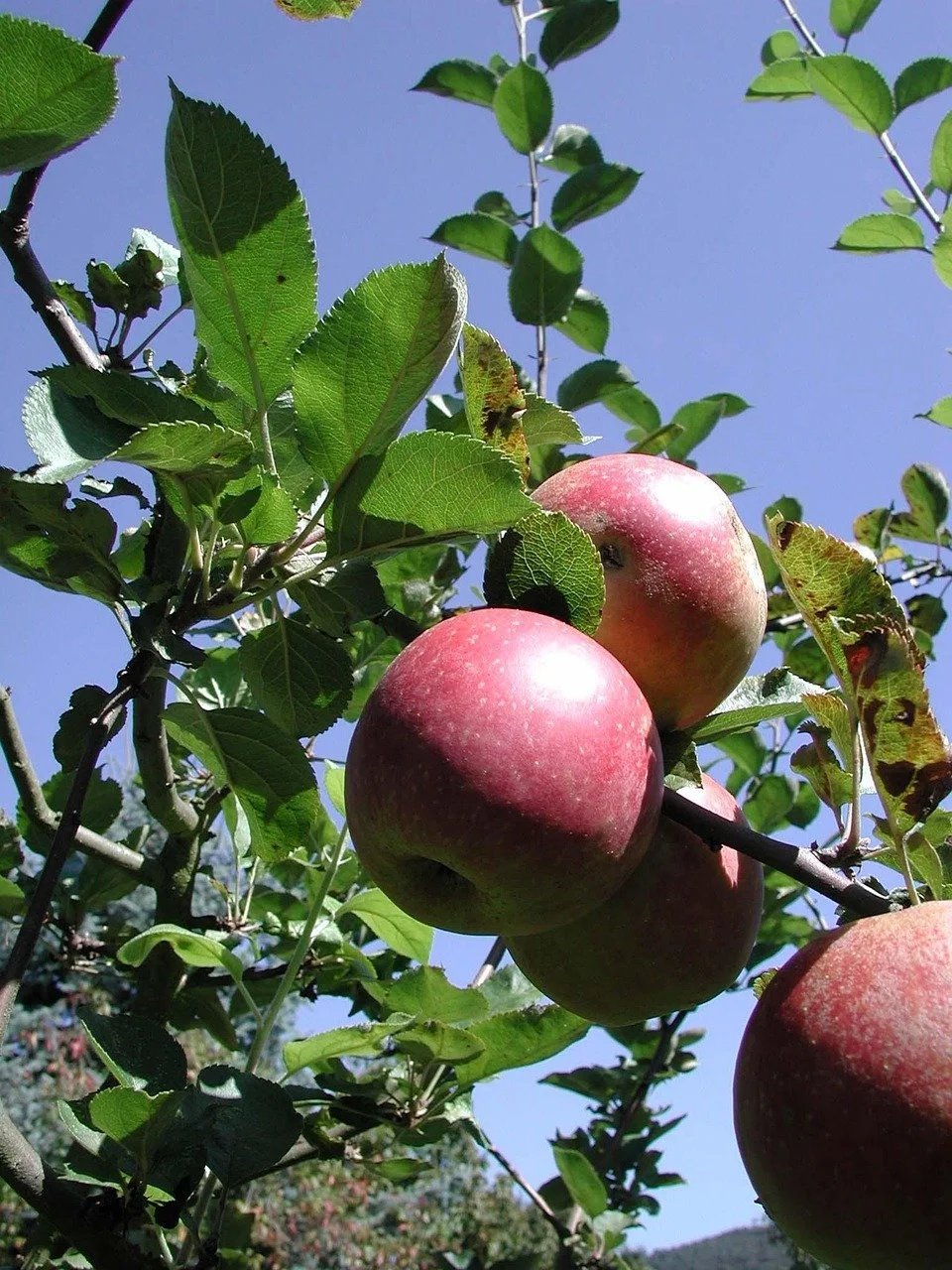



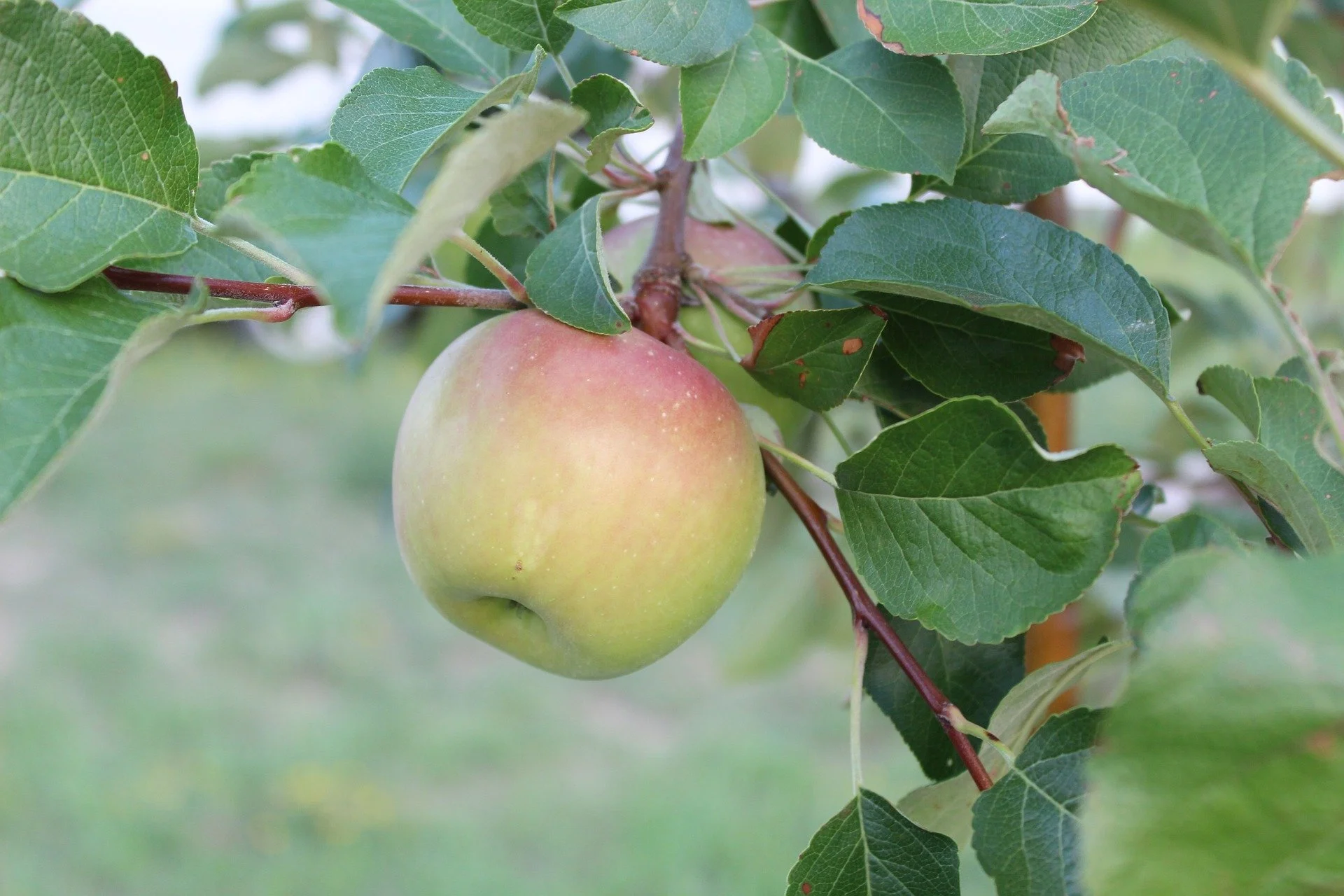



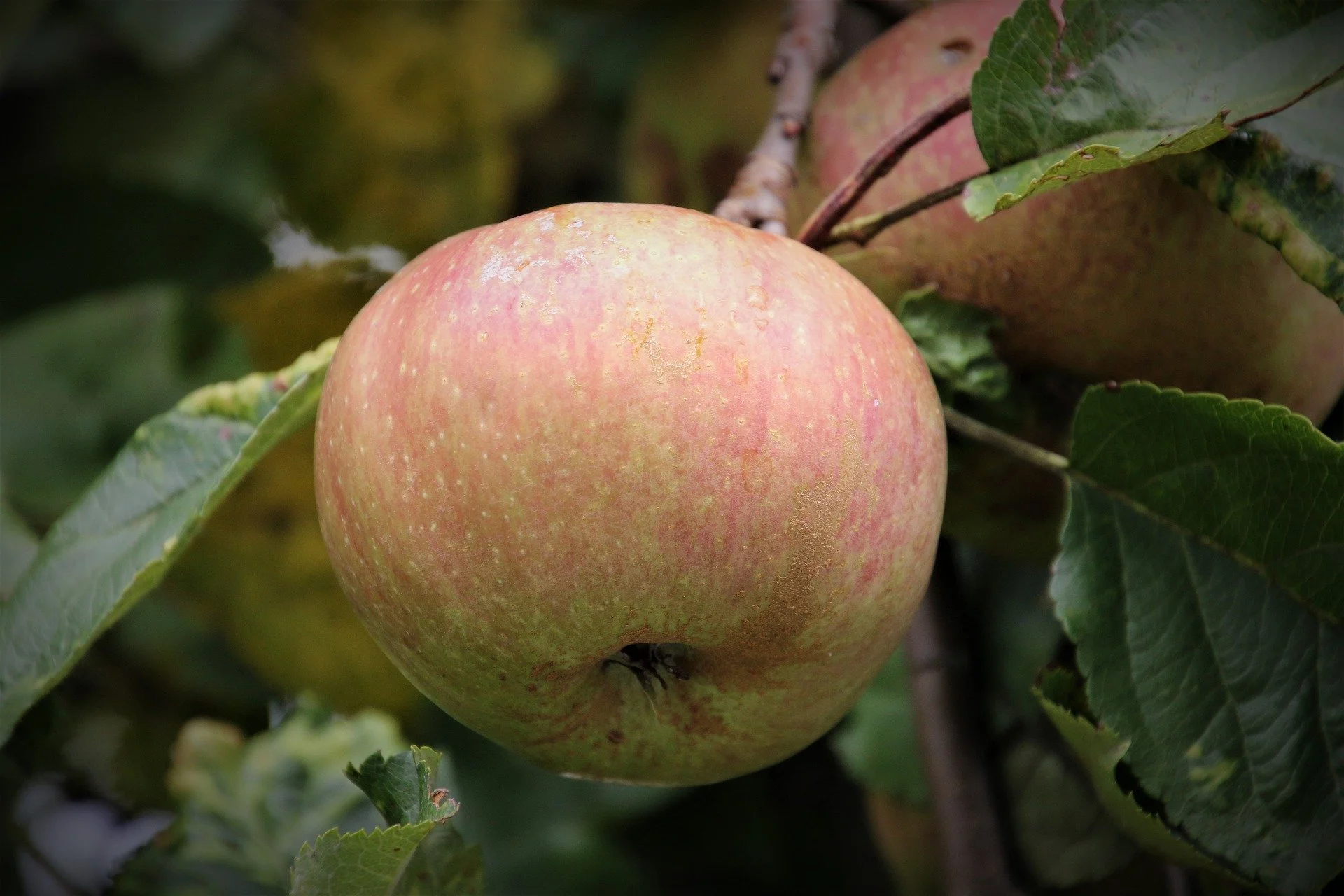

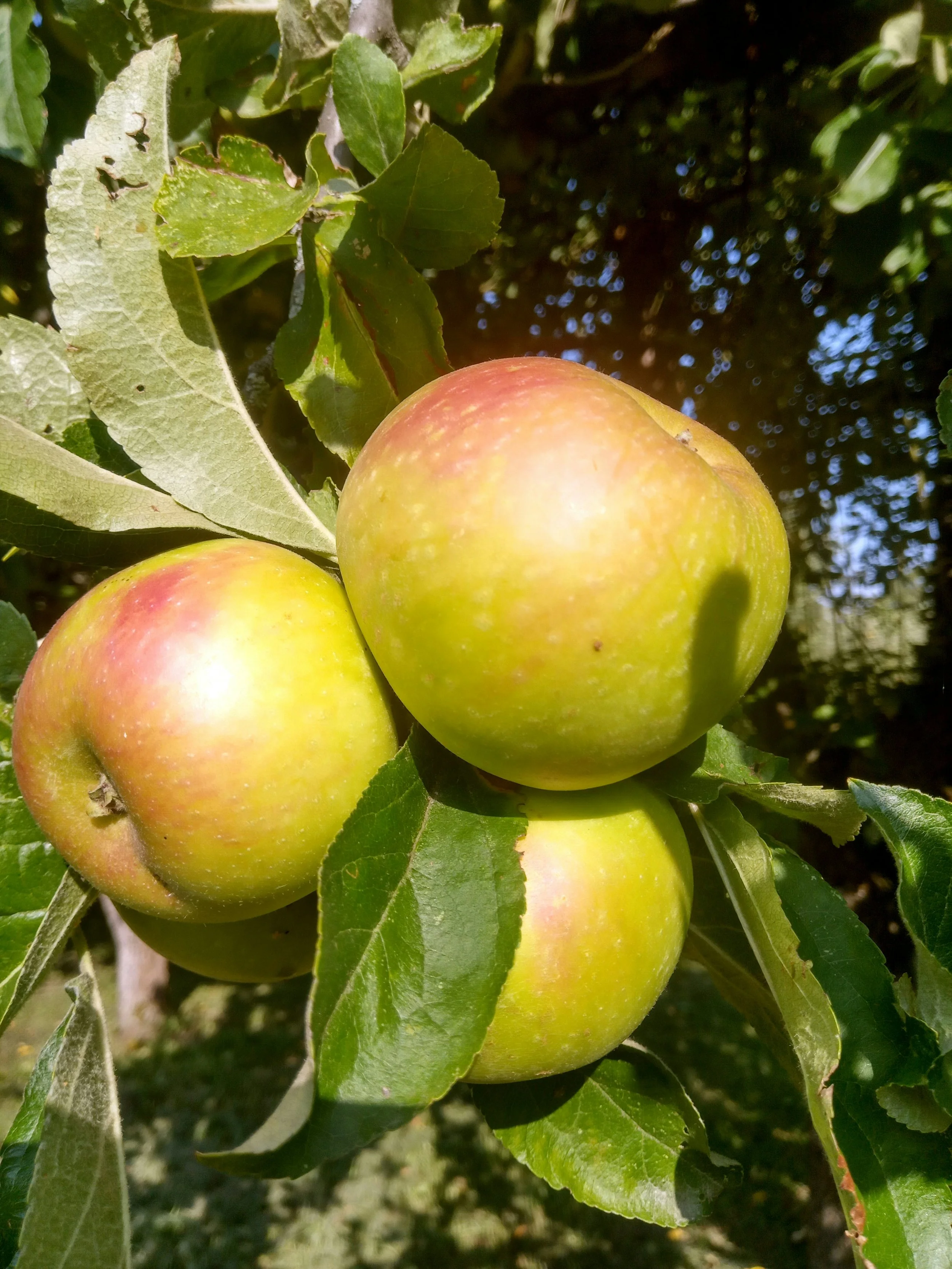
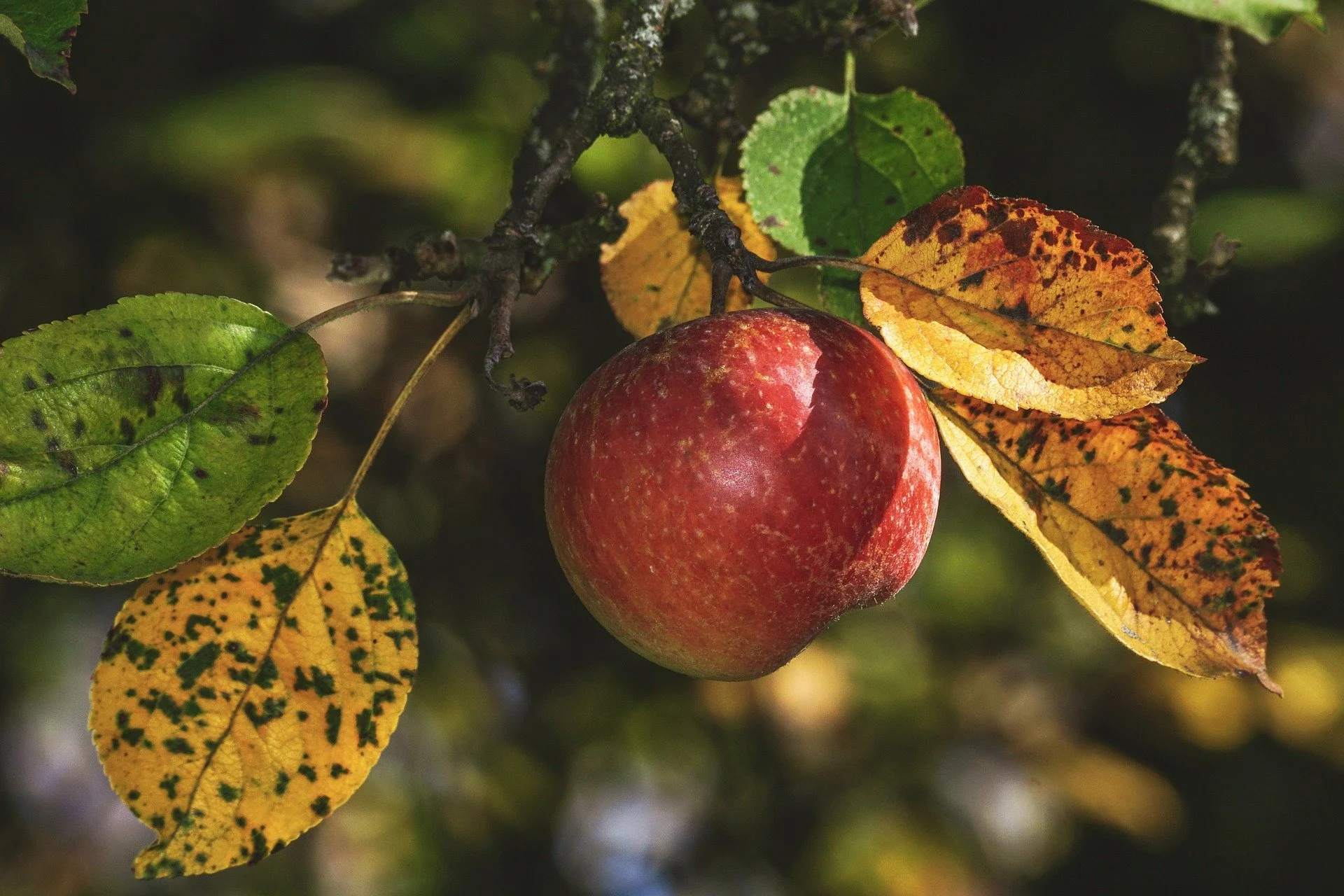





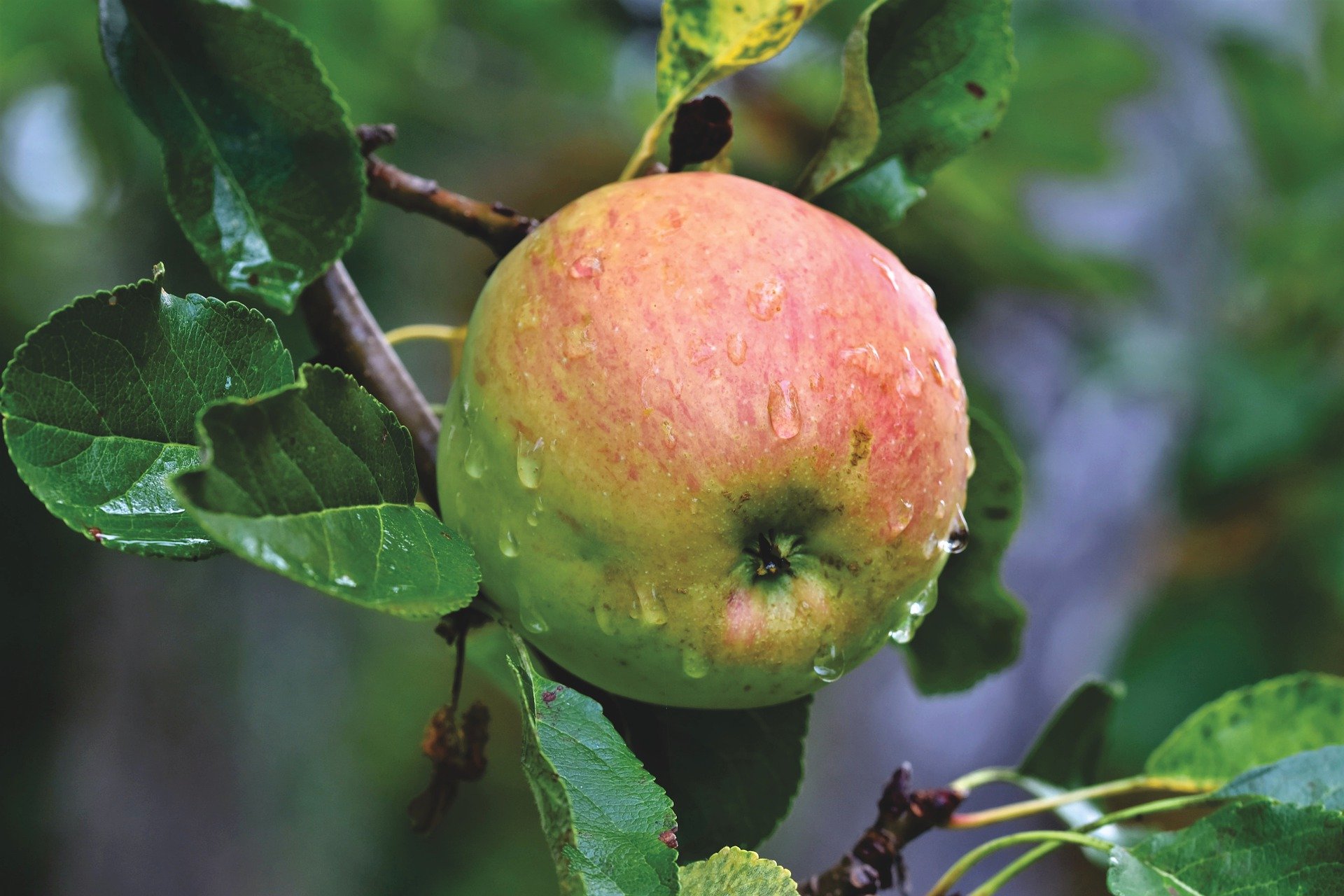
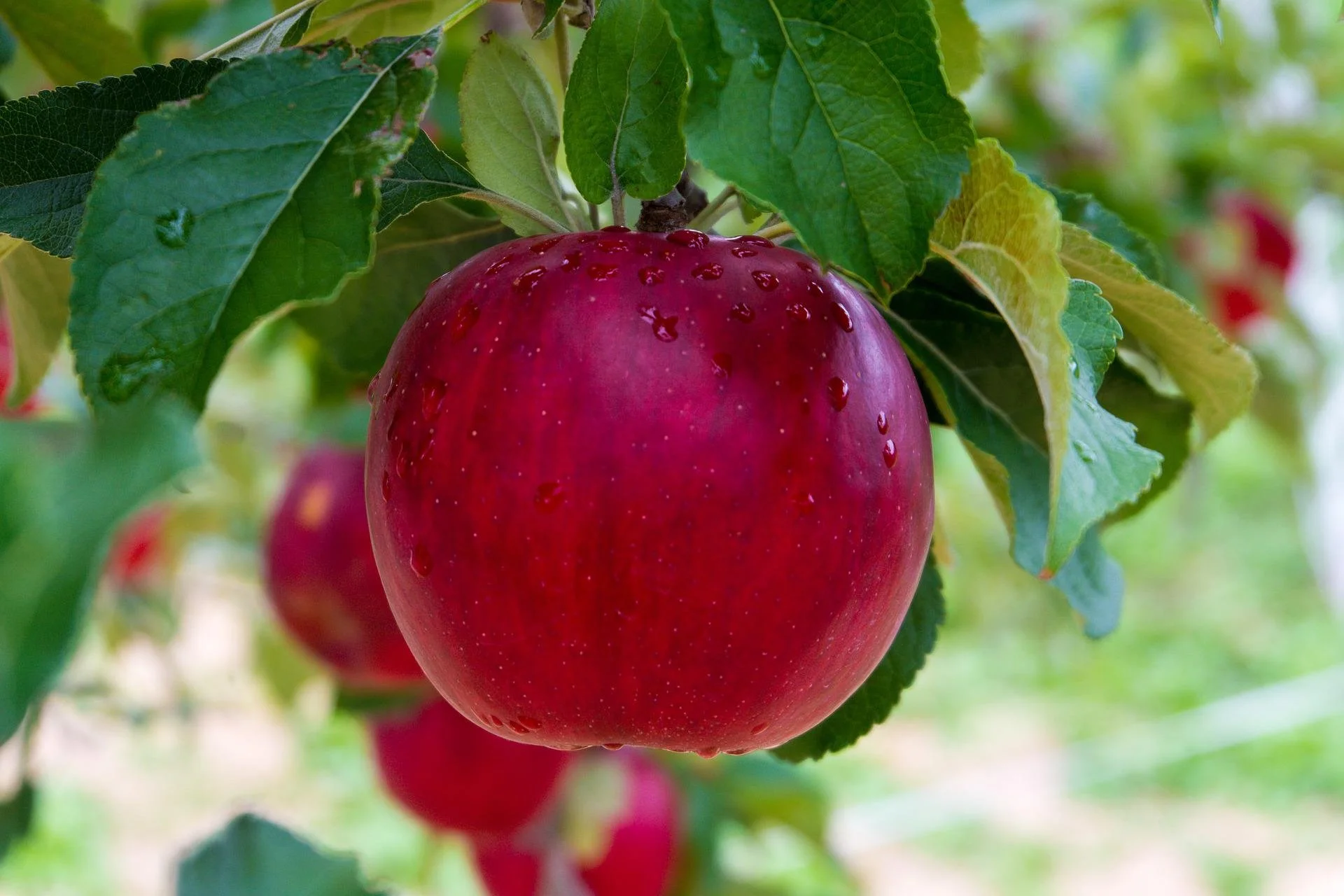

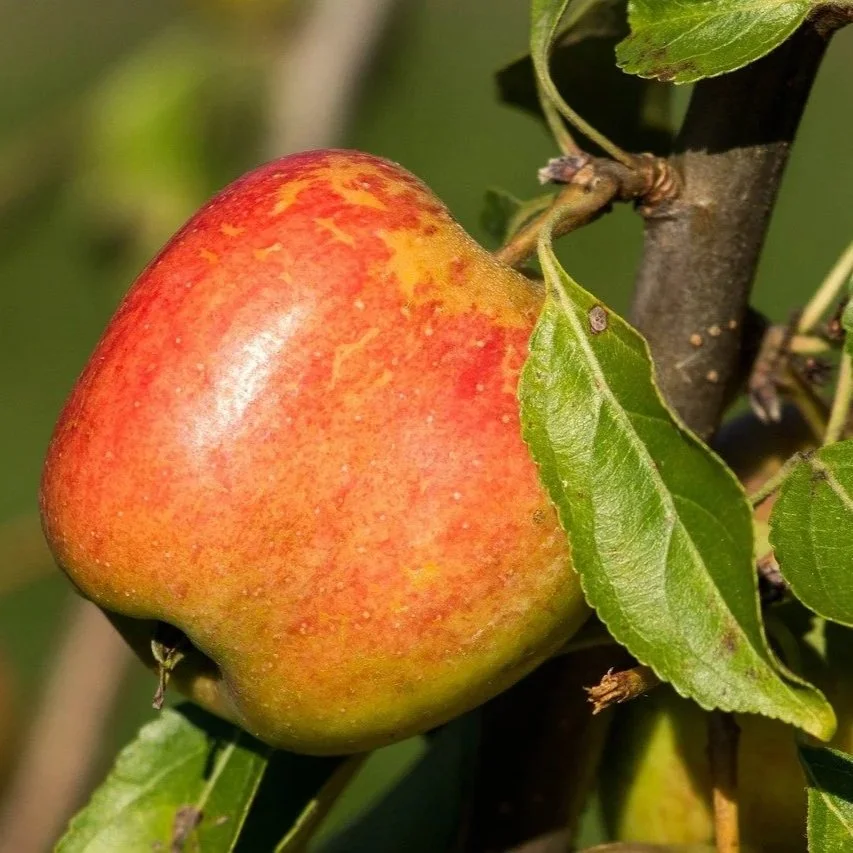


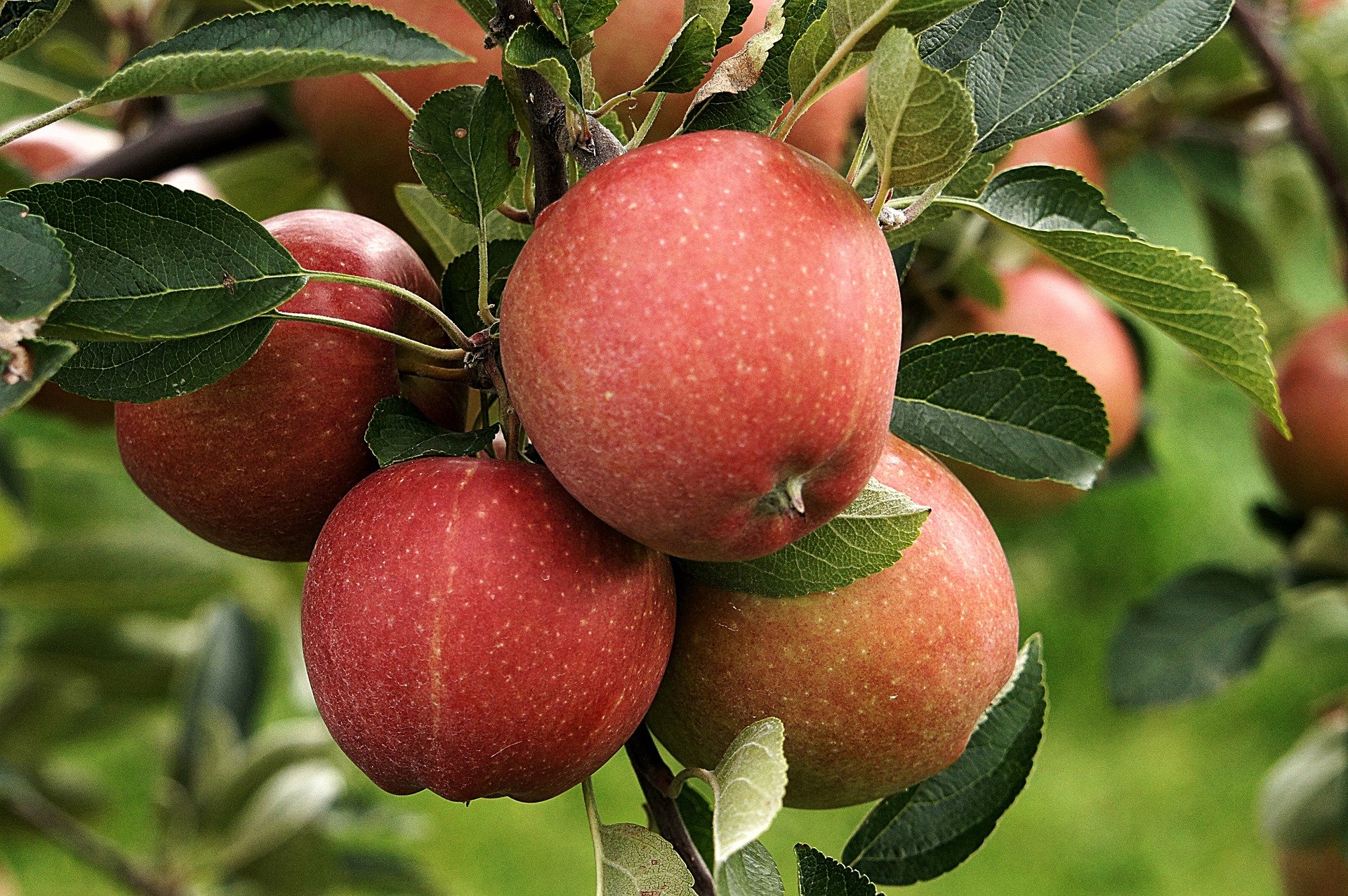



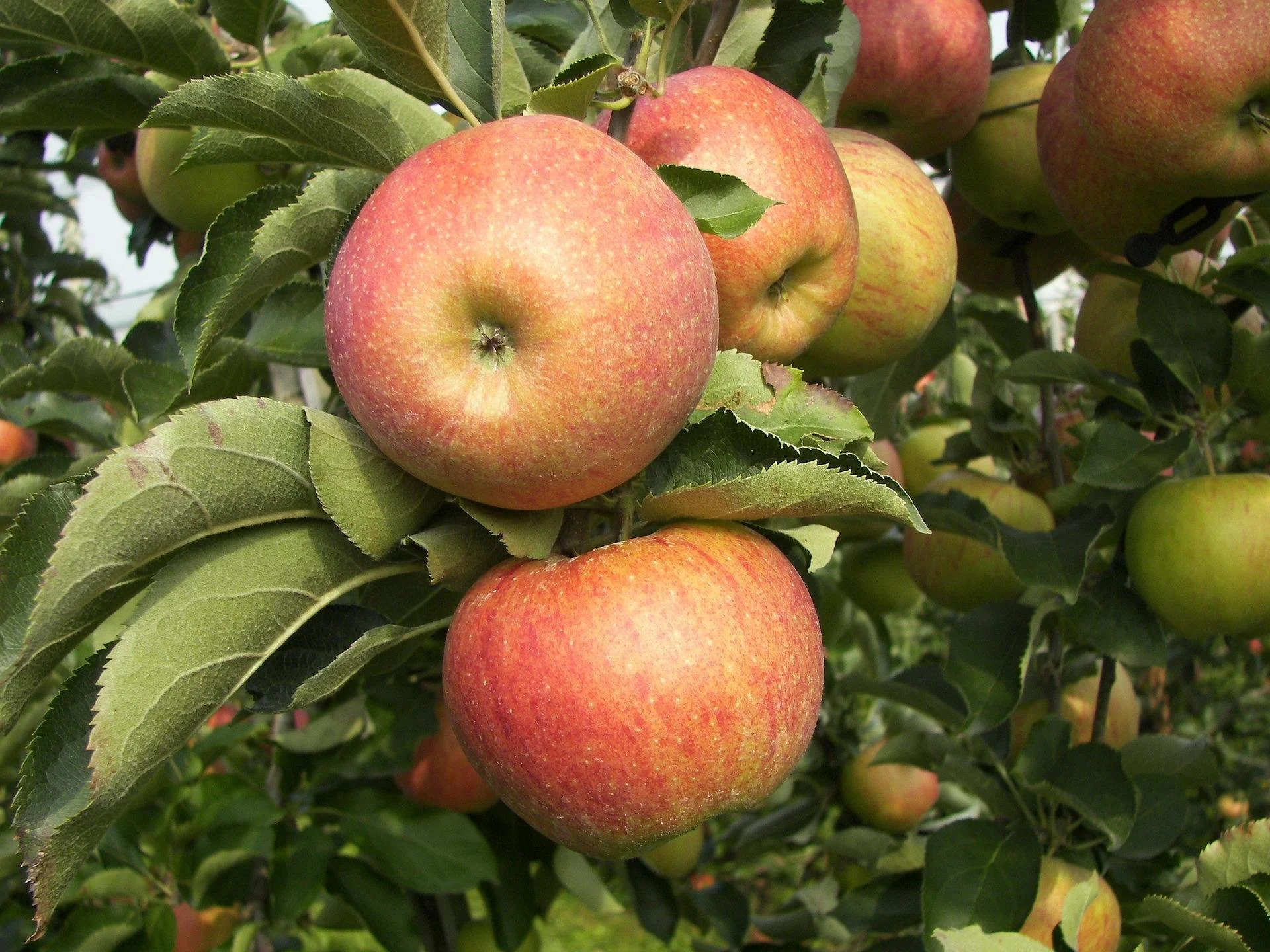





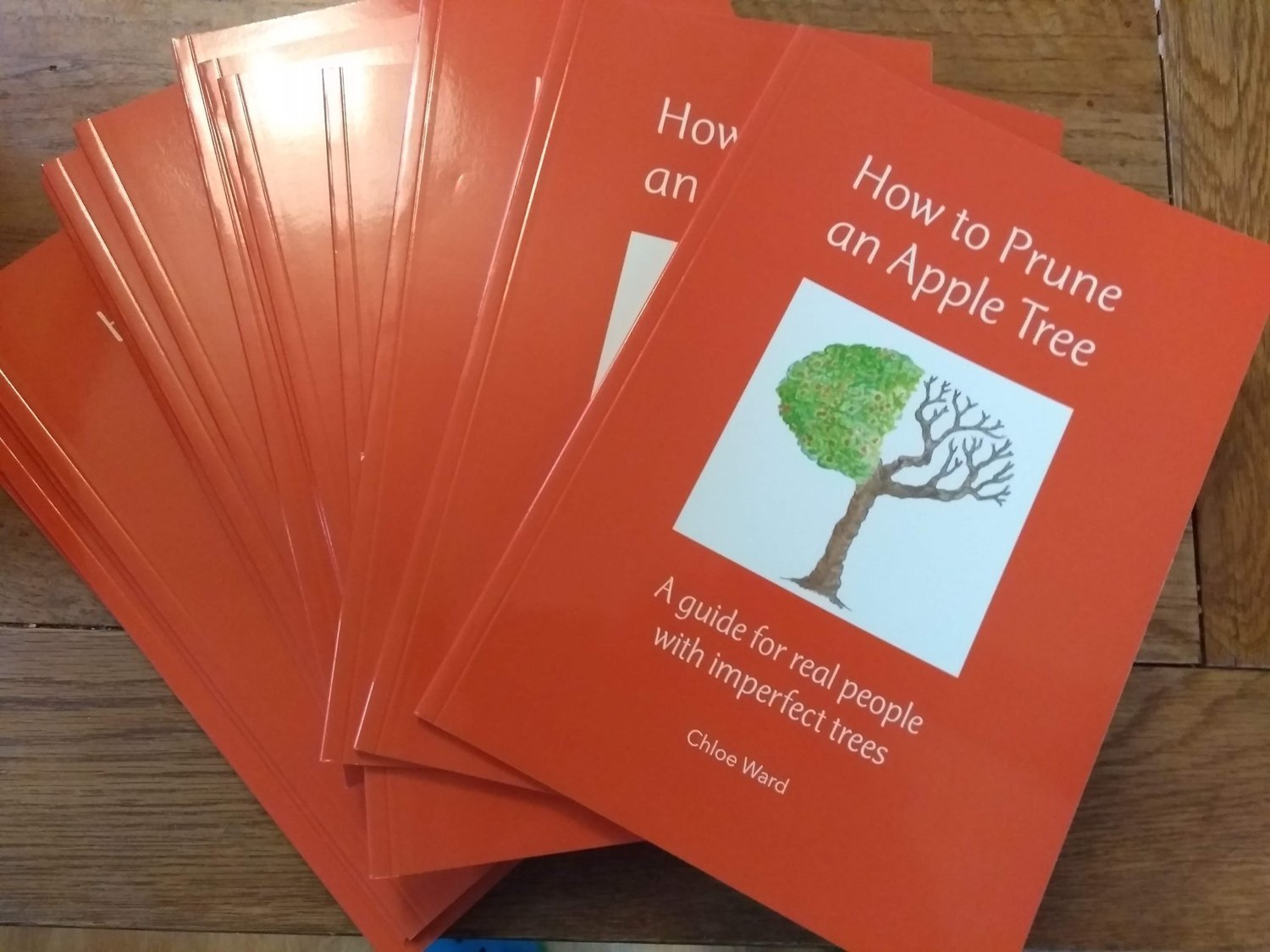
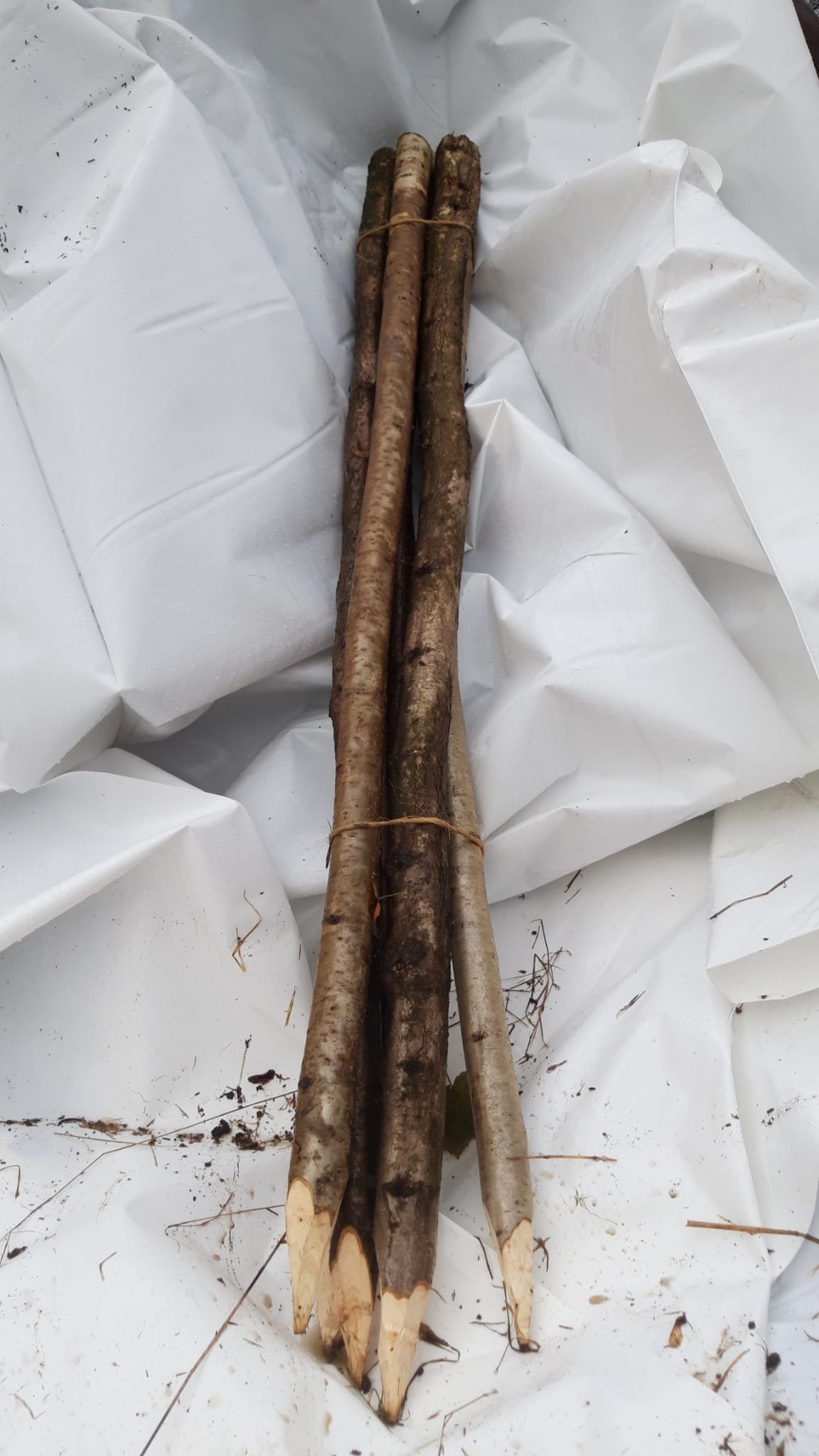
An old cooking apple,originating from Cheshire. Yellow, medium sized apple with a sweet, juicy flavour.
Type: Culinary
Season: Oct-Jan
Pollination: Self-sterile triploid. Pollination group C